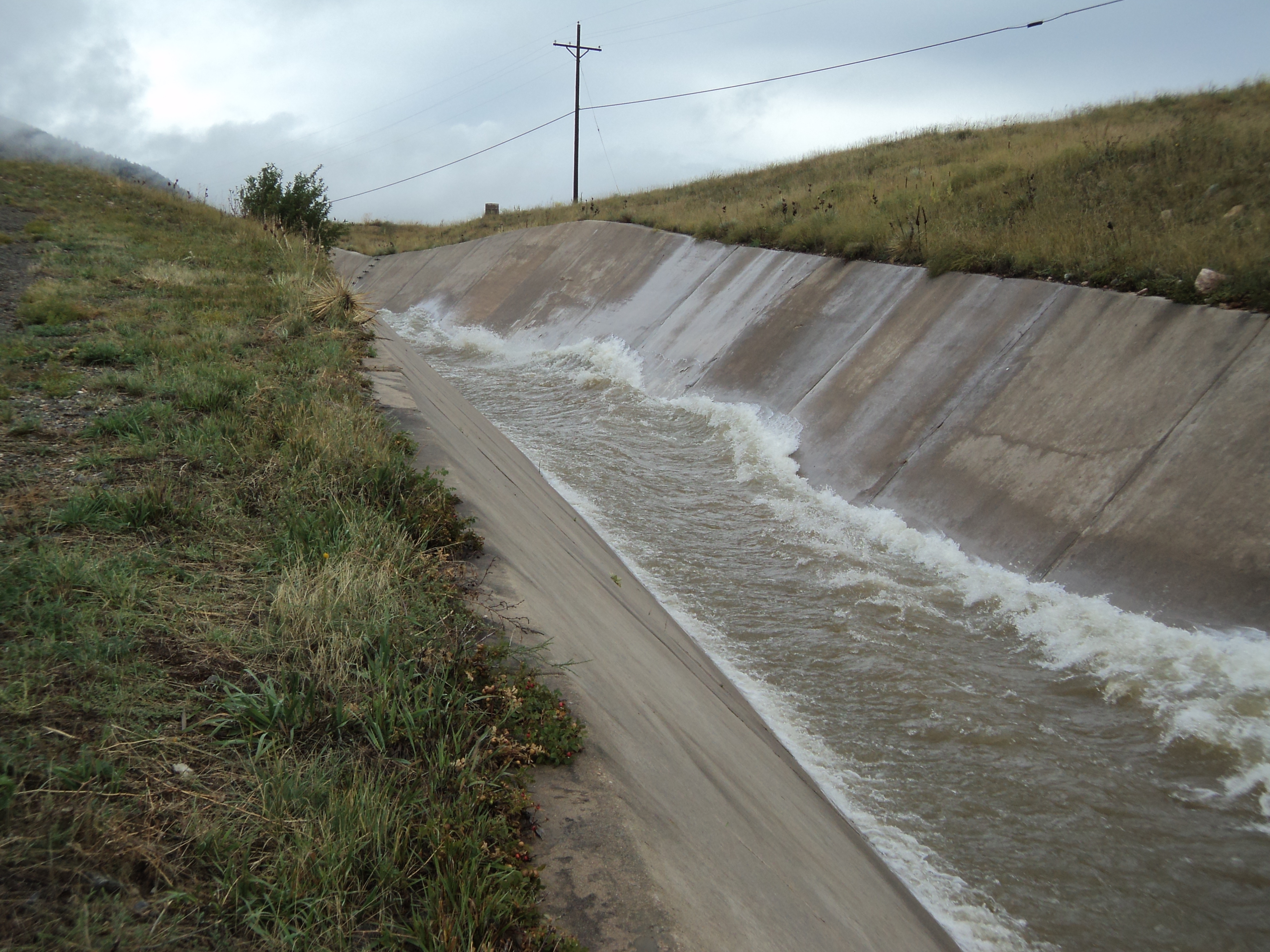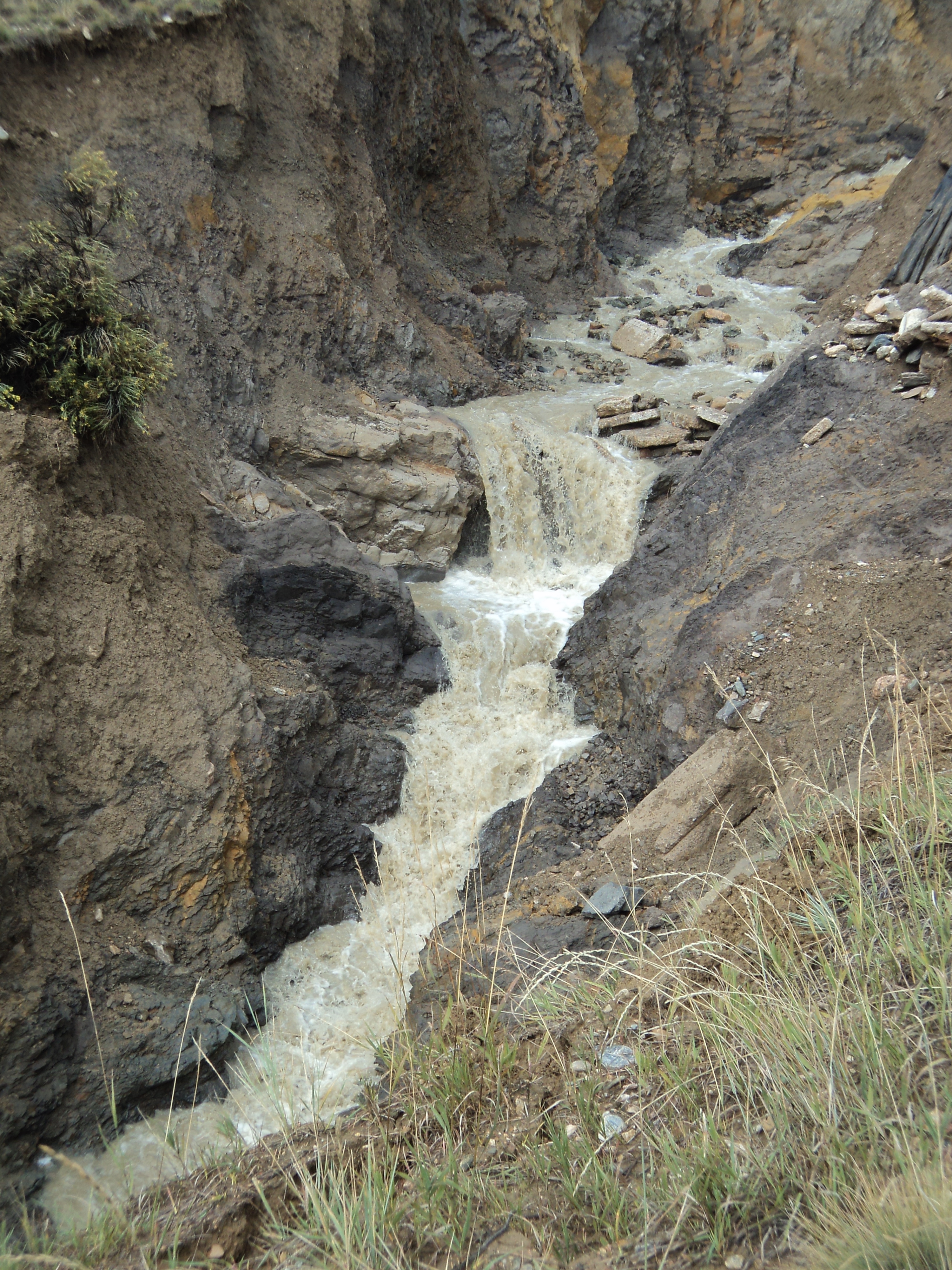
Could California’s damaged Oroville Dam happen here?
The fierce rainstorms that overwhelmed California’s Oroville Dam on Feb. 7 exposed what can happen when Mother Nature defies the odds.
The dam’s primary spillway suffered major damage when record rainfall forced reservoir managers to release water at a rate of 54,000 cubic feet per second down the spillway’s concrete chute. (That’s like 54,000 beach balls tumbling over the top of the chute every second.)
When dam operators reduced flows down the primary spillway because of the damage, the reservoir filled and water poured over Oroville’s emergency spillway for the first time in the dam’s history. The rush of water eroded some of the hillside and forced officials to order evacuations downstream.
For Denver Water engineers, the crisis is also a foreboding reminder of their own near-emergency at Ralston Dam in 2013.
In September of that year, nearly 15 inches of rain fell in Jefferson County over five days. Ralston Reservoir quickly filled to capacity, and water rushed down the primary spillway. On Sept. 10, water went over the emergency spillway, one of the few times in the dam’s history the emergency spillway was used.
The excess water ended up in Ralston Creek and flowed downstream before eventually entering Clear Creek. The floods did not damage Ralston’s concrete primary spillway, but the high water did cause some erosion to the emergency spillway.
“The spillways did their job and diverted excess water around the dam, so it was never in danger,” said Travis Grant, Ralston Dam’s operations supervisor. Ralston’s primary spillway can handle 7,500 cubic feet per second of water and the emergency spillway can carry 45,000 cfs.
Almost all dams have some sort of a spillway, which functions like the overflow drain on a bathtub or sink, sending water down the drain instead of spilling over the top of the tub.
“Spillways are critical structures,” said Darren Brinker, chief dam safety engineer at Denver Water. “They provide a safe path for floodwaters to flow downstream when a reservoir fills to capacity.”
Of Denver Water’s 20 dams, only Ralston, north of Golden, and Strontia Springs, in Waterton Canyon, have emergency spillways.
“Emergency spillways are built for extreme flooding conditions,” Brinker said. “Water has never gone over Strontia’s emergency spillway since the dam was completed in 1983.”
Spillways come in all shapes and sizes, depending on the type of dam and terrain.
At Eleven Mile Canyon Dam in Park County, the spillway runs continuously when the reservoir is full as part of normal operations.
Dillon Reservoir, in Summit County, has a “morning glory” spillway where excess water pours down a large concrete tunnel in the reservoir.
Gross, Strontia Springs and Williams Fork dams have spillways located on the tops of the concrete structures.
When the reservoir fills behind Cheesman Dam, water flows over a natural rock spillway and creates a spectacular waterfall.
Ralston Dam most closely resembles Oroville, but on a smaller scale. Oroville is the tallest dam in the U.S. at 777 feet; Ralston is 204 feet high.
Both are embankment (earthen) dams and both have a primary spillway made of concrete and an emergency spillway that sends water down a hillside when the primary spillway is full.
Denver Water reinforced Ralston’s emergency spillway with rock after the 2013 floods and recently did the same at Antero Dam in Park County to protect it from erosion.
Denver Water conducts dam and spillway inspections with the state every year and on-site dam operators do visual inspections 365 days a year.
“We inspect our facilities, train for emergencies and make upgrades to our facilities when needed,” Brinker said. “Floods like what we saw in 2013 are rare, but that’s why we have spillways in place.”


